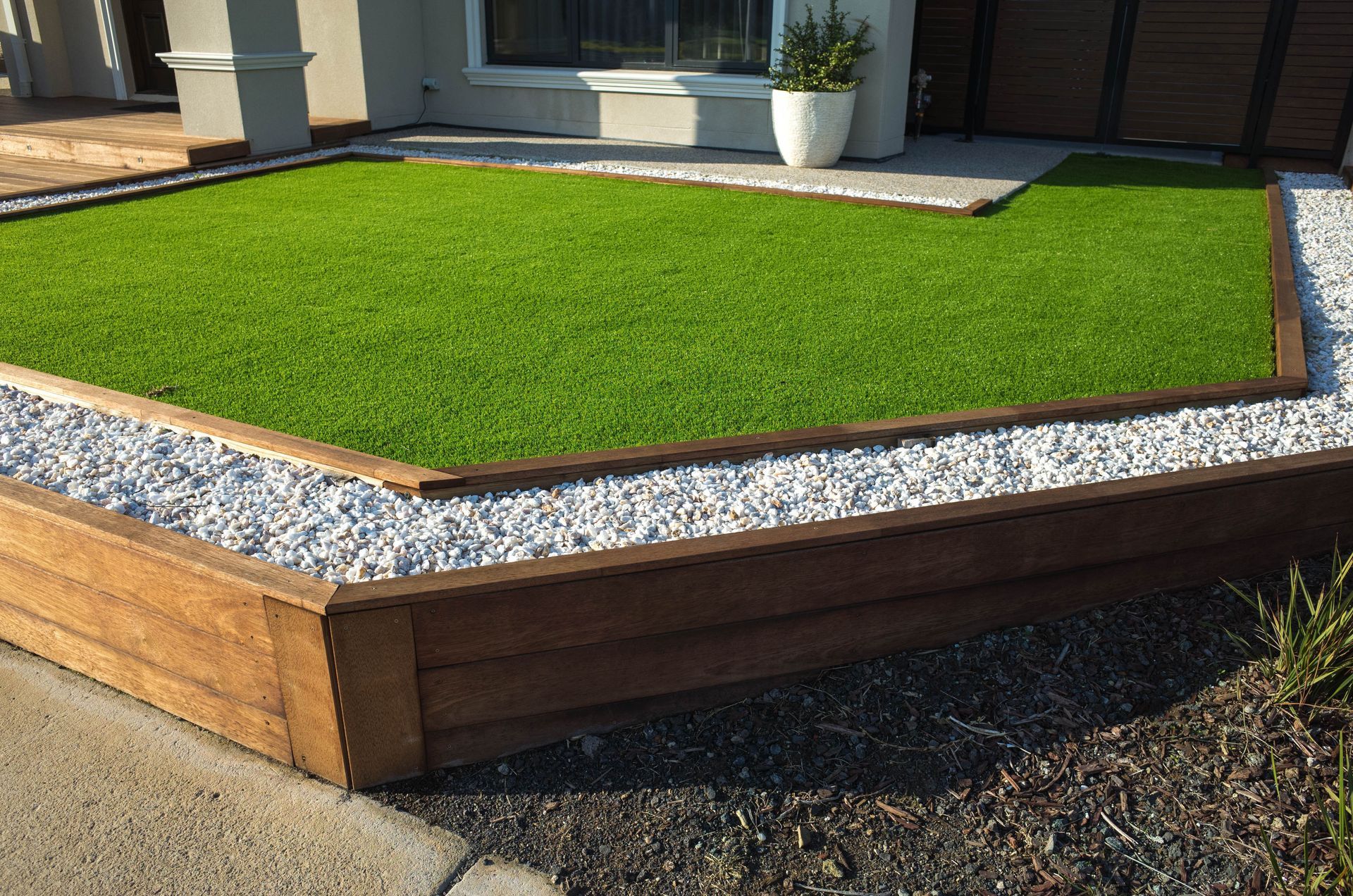How an Artificial Lawn Can Help With Water Waste
Green, beautiful, sprawling lawns are an American staple. When healthy, they are pleasing to walk, sit, lie, and play on. Extensive care and effort goes into ensuring that they are well maintained, mowed, and watered. That said, that level of care translates to a lot of water, gas, chemicals, and fertilizers being dumped in front of your home. In a time when the need to conserve water is evident, eco-friendly alternatives should be given prominence. One such alternative is the artificial lawn.
The way an artificial lawn saves water is by not needing it to begin with. According to the Synthetic Turf Council, one square foot of artificial grass saves 55 gallons of water annually. For an average 1800 square feet of lawn, that amounts to 99,000 gallons of water saved every year. In terms of cost, that's around 70% of a homeowner's water bill, which comes to about $500.
It gets worse when you consider the other costs of natural grass lawns. Every year, 17 million gallons of gas spill plus tens of millions of pounds of fertilizer and pesticide end up on American lawns, according to the Environmental Protection Agency. This is enough so that grass is the single most irrigated crop in the U.S.
These chemicals could potentially end up in rivers, lakes, and oceans as polluted runoff, one of the biggest threats to clean water in America. The consequences of polluted runoff include the death of fish, excessive algae growth, tainted drinking water, and reduced tourism. Its costs are both environmental and economical.
An artificial lawn doesn't just save water, it is durable and low maintenance. It also does not stain and will stay aesthetically pleasing all year round. It is also soft enough to run around on and will not harbor pests. For the best of both worlds, an artificial lawn is hard to beat. It is cheaper in the long run, does not need as much maintenance, and looks and feels great. Contact Kirsch Landscape and Design today and make the eco-friendly choice.







Share On: